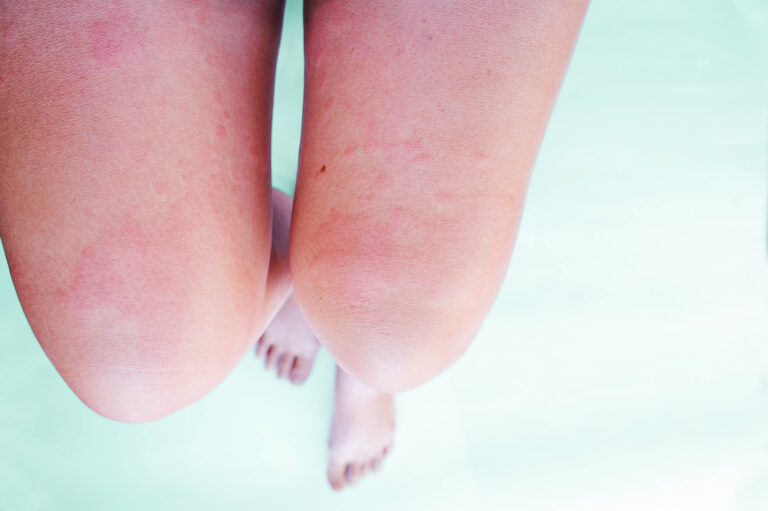A rash can start from the legs and spread to other body parts and vice versa. Symptoms of a skin condition are ideal when identifying a rash on legs. Let us begin by looking at symptoms of a leg rash.
Common leg rash symptoms
Identifying a leg rash can depend on symptoms or other signs and symptoms accompanied which include the following.
- Burning sensation
- Itching
- Rough, scaly or flaky skin on the affected areas
- Dry skin
- Redness or inflammation
- Irritation (usually causes pain)
- Swelling or tenderness
Rash on your legs can occur due to certain diseases, skin disorders, or conditions. Conditions like eczema can cause skin damage, red patches on legs, cracking, bleeding, or change the texture of your skin.
Skin rashes on the legs causes
Here are various causes of a rash on legs.
Viral rashes – Measles, chickenpox and shingles

Common viral rashes are caused by measles, chickenpox and shingles. Measles and chickenpox are childhood infections but adults who did not get immunized against chickenpox can get shingles.
Infection signs common with viruses include.
- It may be severe or high
- Runny nose
- A cough
Viral rashes are contagious in different stages. The viruses can be spread from an infected person to another by skin contact, sneezing, or coughing.
There is an increased infection risk if for example your child did not get immunized.
For instance, the measles rash develops inside the mouth before spreading to the rest of the body including the face, neck, arms and legs. Usually, measles causes itchy red spots. Other remarkable symptoms include high fever, extremely runny nose, cough and watery red eyes.
Shingles are common in adults and normally causes itchy red bumps on the skin.
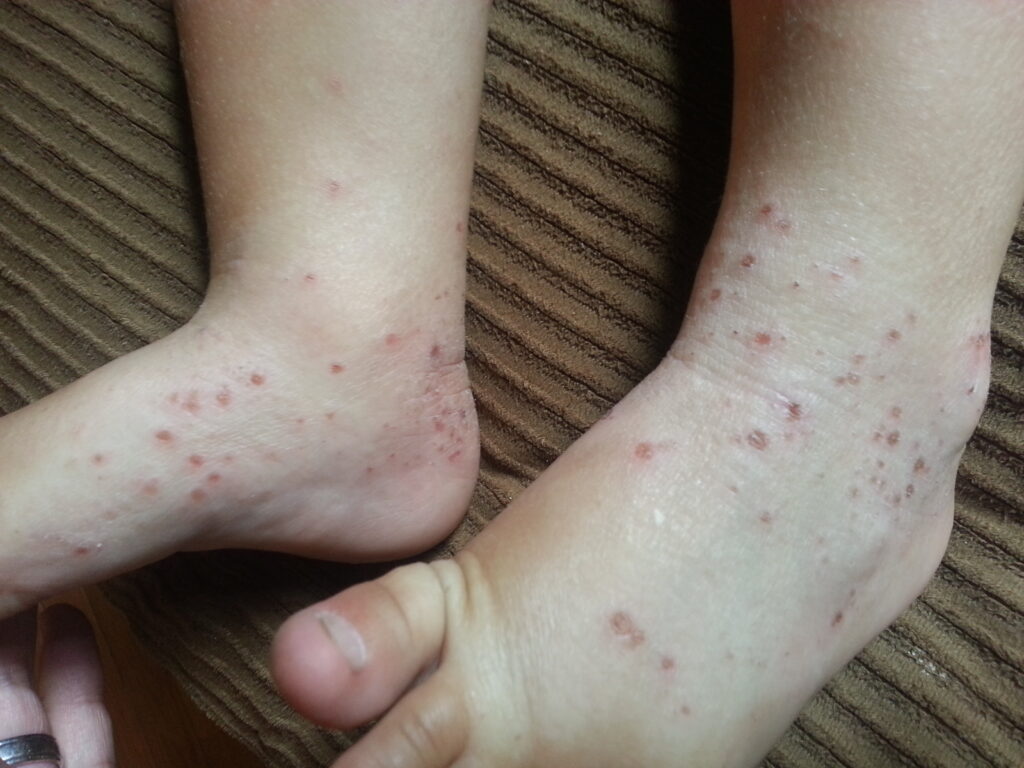
Most human viral infections do not have known cures. However, there is a need to see your doctor and check out the symptoms. Thereafter, your doctor will give medicines to relieve symptoms such as fever, itching, coughing, etc.
Dermatitis
Dermatitis or eczema as a skin condition can also be a kind of skin rash on the legs especially the lower legs and the knees. There are several types of dermatitis which affect the skin in various ways. Irritant contact dermatitis and allergic contact dermatitis are common.
Irritant contact dermatitis
It occurs after a substance gets into contact with any part of your leg. The common substances leading to irritation on the skin include chemicals like alkalis and acids. Harsh soaps and detergents are other examples of substances.
Common symptoms of irritant contact dermatitis include burning feeling and pain around the area of skin affected.
Allergic contact dermatitis
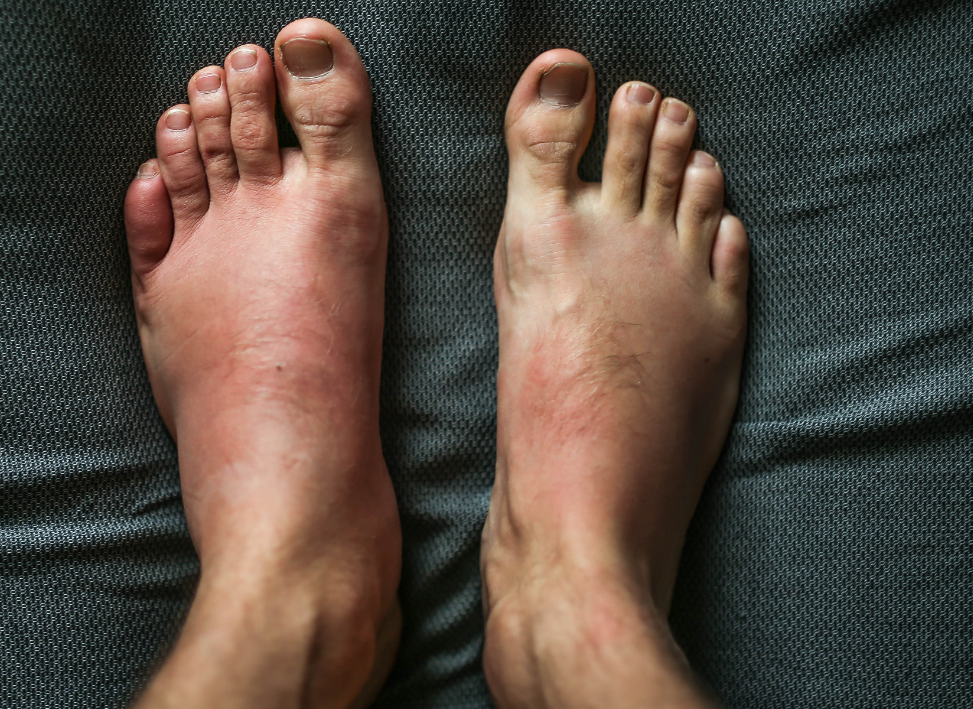
Unlike irritant contact dermatitis, this type of dermatitis occurs in some people who are allergic to specific substances including certain drugs or medicines.
Allergic reactions can also result from stings from wasps and bees. Allergic reactions can be life-threatening if the resulting symptoms are serious like rapid pulse, difficulty breathing, headaches and severe fever, sudden swelling over a large area.
If you know the triggers for contact dermatitis avoid using them or make sure you protect your skin while handling at workplace.
- Other types of eczema such as nummular (also discoid eczema) can cause scaly red patches on legs or on affected areas of skin.
- Discoid eczema occurs mostly in adults.
- Its occurrence is related to atopic eczema.
- Risk factors for discoid eczema include allergic asthma, hay fever and food allergies.
See your dermatologists help you figure out the possible triggers that you have not addressed.
Acrodermatitis
Acrodermatitis is a childhood skin condition that begins in the lower legs. It is associated with viruses since the rash spreads up the body (trunk, arms and face) and is an infectious condition in that respect. Although its occurrence is rare, young babies are a risk if they are exposed to the viruses.
Symptoms or signs include
- Small itchy raised spots especially the lower legs
- Fever symptoms as a rash (red spots) spread
- Purplish blisters that from the red spots
- Papules (pinkish to brown or copper-colored) on buttocks and legs
The condition can become chronic if the symptoms persist on. This may result to chronic fatigue.
If the symptoms lasts for more than 4 months ensure that you get your child to a dermatologist or doctor.
Bites
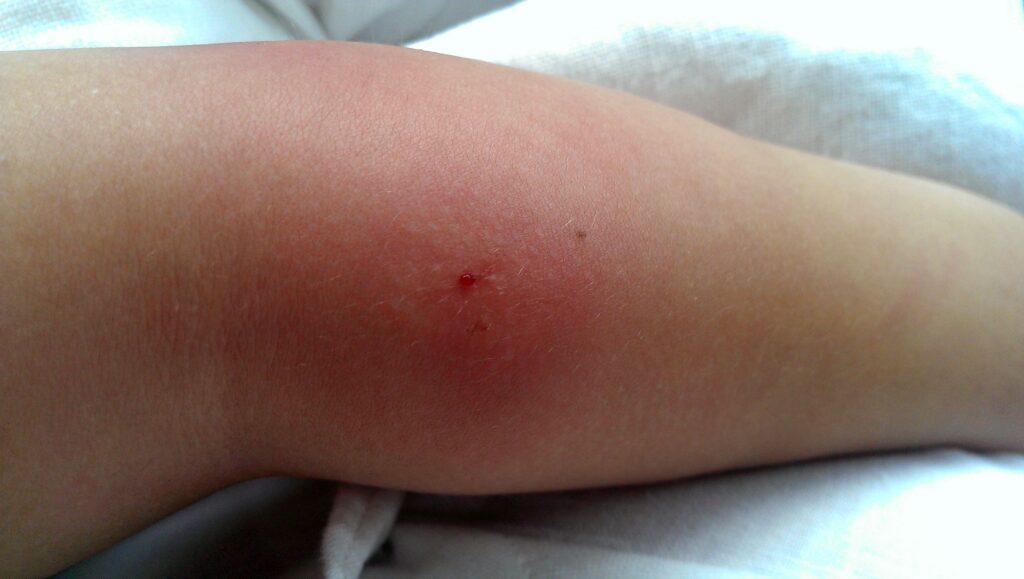
Bites from the insects can be the reason for a small itchy bump-like rash on your legs. Bites will vary depending on the types of insects that cause harm to the skin. Since insects bite randomly, you will see or experience the symptoms anywhere on your legs.
Itching and redness can be common signs of insect bites. The bites sometimes can leave small swellings which could be itchy or irritating. Mosquito, bedbugs, flea bites are quite common. The presence of scattered blood spots on bed sheets is usual to sign that you have had bites on your lower legs.
Treatment
Treatment for bites from insects can be achieved if you explain to your doctor. Your doctor will try to figure them out by examining the typical appearance of bites.
Other causes of leg rash
Other rashes in addition to the above causes include
- Fungal infections like tinea cruris
- Ankle heat rash
- Cellulitis
Itchy rash on legs
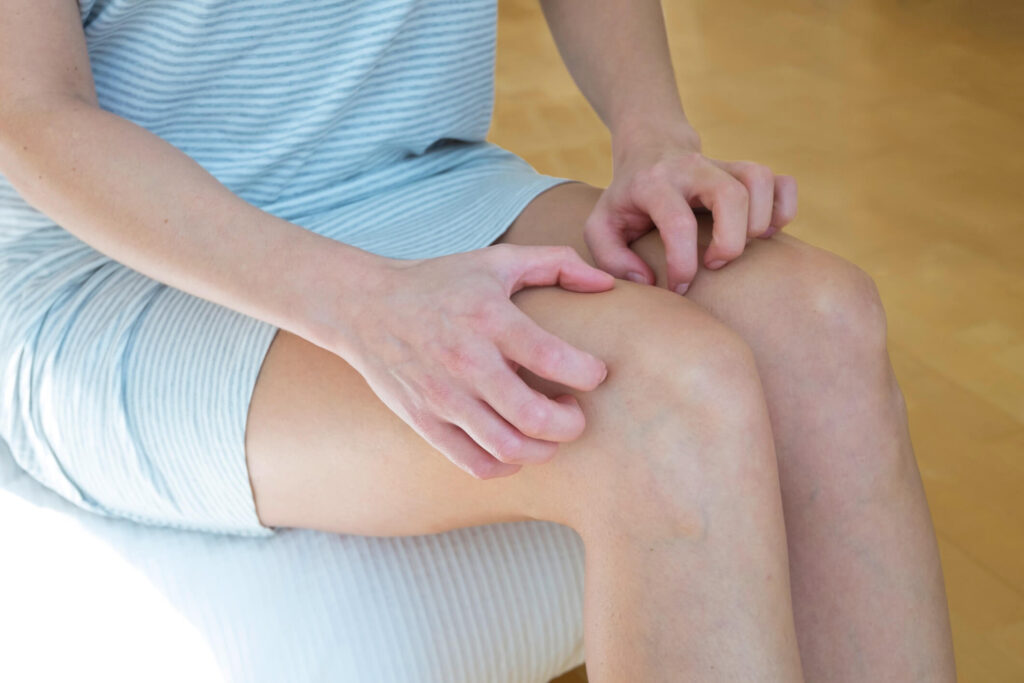
My lower legs itch. Could it be a symptom of allergic reactions? The following rashes can cause itching in your legs. Namely, scabies (mite infestation), measles, drug allergy or reaction produced by certain medications, insect bites among other conditions.
Nonetheless, keep in mind that infections that show up as rashes will make your legs turn red. For instance, cellulitis.
NOTE: Remember that itching alone can also signify a skin rash on the legs.
Other treatment and remedies for a rash on legs
Several treatment combinations or methods are used by doctors the various conditions characteristic of rash. These include antibiotics, steroids and disinfectants.
Treatment remedies for eczema
Most eczema types with chronic symptoms are can be treated and managed well with proper skincare regimen. These include moisturizing, keeping the rashes on legs clean and applying antiseptic creams to prevent secondary infections.
Other useful self-care tips for eczema include
- Avoiding triggers that worsen symptoms or the leg rashes
- Seek medication from your doctor when experiencing symptoms like severe pain or cracking or bleeding
Remedies for mite bite infestation

Top remedies will help address minor symptoms such as itching, inflammation Consult your doctor if you suspect itching in legs to be caused by scabies. After you undergo a successful treatment of scabies, you desperately need to stop another infestation in the future. These are some of the things you must do.
- Take care of your pets especially dogs. Ensure that each of your pet dogs’ hygiene is catered for. Besides, get them to a vet for treatment.
- Wash and scrub all your hard floors using a diluted bleach regularly.
- The last thing you would want to do is fogging your house. This will make conditions unfavorable hence discourage mites from breeding in couches and other furniture.
Other useful remedies
While most skin rashes heal on their own, applying remedies can enhance healing.
- Cold compress to calm down inflammation.
- Oatmeal for rashes. Take an oatmeal bath or soak your body to calm inflammation
- Baking soda solution can also alleviate the symptoms of an itchy leg rash

